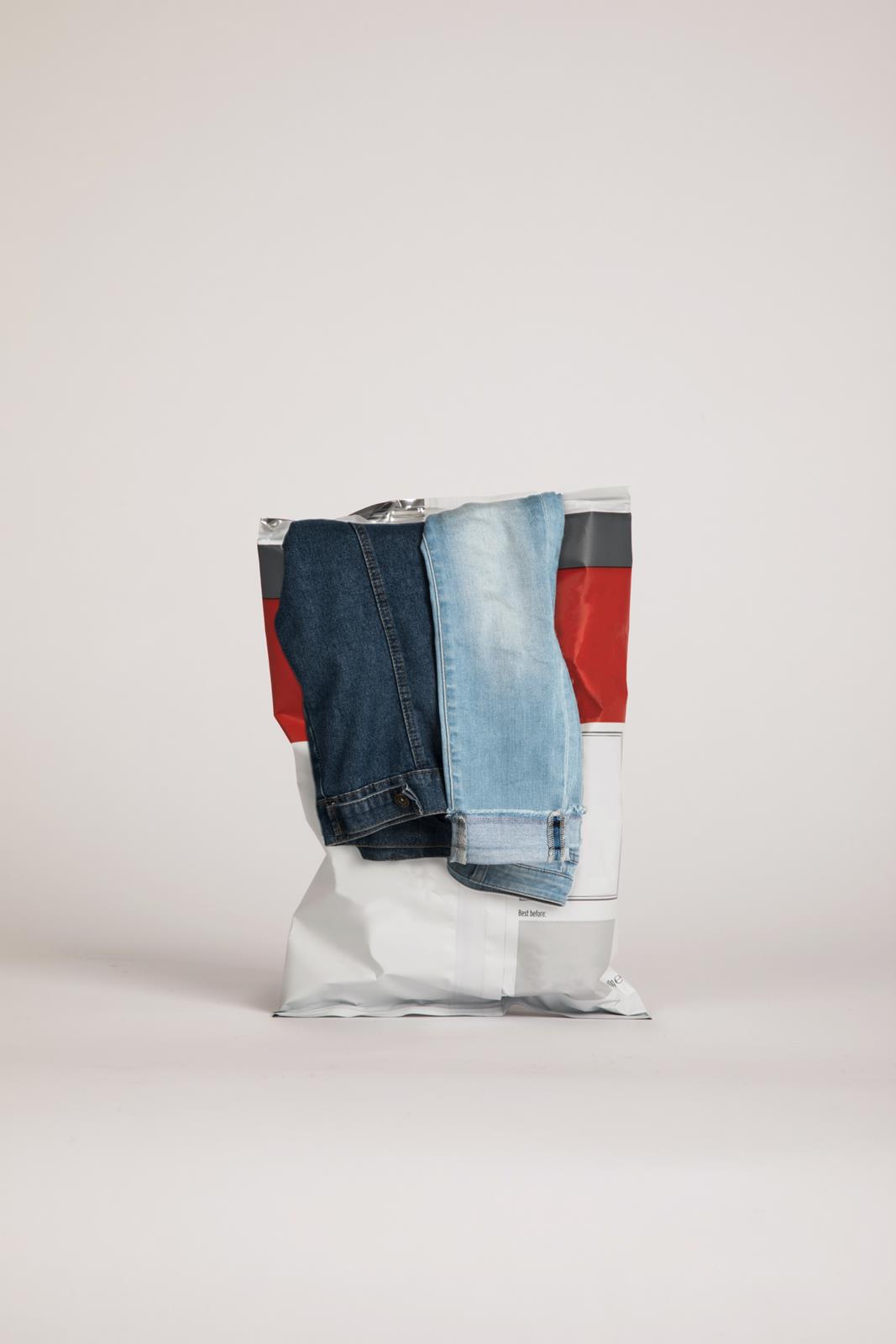
Choosing Women’s Designer Clothing
Clothing is commonly things worn around the body. In most cases, clothing is composed of textiles or man-made materials, but during recent times it’s included other items made out of animal skins and soft sheets of various natural items found in the surroundings and also artificial materials such as plastic. Dining is a necessity for human beings. So, it would be very appropriate if you dine to the fullest when you’re already in great shape and healthy. This is the reason why eating right is also included in the regimen for good health and good looks.
There are some people who only wear clothing to work, while others prefer to wear clothing all throughout the day and at all times. However, the goal of any person should be to keep their body as free and as bare as possible. Otherwise, it will be very difficult to stay motivated all throughout the working period. As much as possible, clothing should be worn only once in a while for special occasions. When it comes to other times, it is always appropriate to wear clothes that are less revealing and much comfortable.
The usual type of clothing worn by people during different occasions is cotton clothing. Women mostly choose to wear lightweight cotton garments as opposed to heavy materials worn by men. Some women also prefer to wear skirts with belts rather than pants for their casual clothes. On the other hand, men mostly prefer to wear pants, shirts, jackets with trousers. For formal occasions, men will wear silk and satin clothes as opposed to cotton clothes.
Different types of dresses are also available in the market today. When it comes to dresses, the most popular dress types are cocktail dresses, cocktail gowns, ball gowns and suits. If you are going out on a date or even on a business meeting, it will be a good idea to carry a dress so that you will look smart and appropriate.
The basic types of clothing worn by people for different occasions are evening dresses, daytime dresses and casual clothes. Evening dresses are characterized by fine fabrics and beautiful designs. They can range from simple gowns to dresses that are full length. Likewise, daytime dresses are usually pretty and comfortable and are usually white in color. On the other hand, casual clothes are those that you wear while playing sports, dancing and having a barbecue with your friends.
Garment made of fine wool and silk is considered to be fine material. A fine woolen garment consists of a shirt made of wool that is tied at the neck with a ribbon. On the other hand, if you want to buy a garment consisting of a skirt, you can choose between two different types of skirts: capris and shorts.
Evening gowns and day dresses can be categorized according to their sizes. Evening gowns have a waistline and are long like slacks. Day dresses on the other hand have a shorter waistline and they are usually of short length. Generally speaking, a one-piece garment consisting of a tight-fitting sleeve and pant is considered to be an evening dress or gown. You can find this kind of apparel in various colors such as black, gray, brown, red and cream.
You may not feel comfortable buying fine clothes for formal occasions, especially when you do not know what to buy. However, there are many options available for you at the internet shops today. Indeed, the choices available to you regarding clothing meant for special occasions make shopping for a perfect outfit really easy.